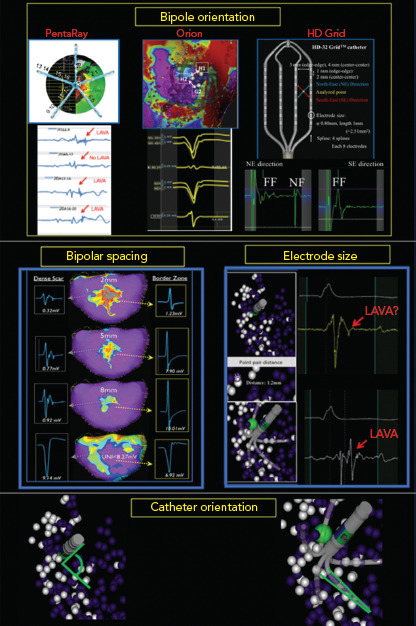Figure 1: Impact of Orientation, Size and Spacing on Bipolar Voltage Mapping.

Several factors influence low bipolar voltage mapping. Left to right and top to bottom: Bipolar orientation: looking across versus along the PentaRay catheter (Biosense Webster) splines can hide or make appear local abnormal ventricular activity (LAVA) signals. With different spline orientation, a bipole only 2 mm away from each other has significant impact in bipolar voltage, as seen in this example of the Orion catheter (Boston Scientific). Changing the orientation across the HD Grid catheter (Abbott) splines from NorthEast (NE) to SouthEast (SE) had a dramatic impact on the electrogram, revealing a large sharp nearfield (NF) LAVA with NE bipole orientation that was missed completely in the SE direction. Bipolar spacing: larger spacing with the LiveWire catheter (Abbott) detects larger bipolar signals with loss of spatial resolution. Electrode size: due to its smaller electrode size of 1 mm, PentaRay is more sensitive than Navistar (4 mm electrode size) for NF LAVA if 3D tags <3 mm distance are compared to each other. Catheter orientation: ablation catheters mimic unipolar recordings with a large floating ring electrode away from the tissue, and multi-electrode catheters create real bipolar recording due to parallel orientation of similarly sized small electrodes. Micro-embedded ablation catheters have features of both.
